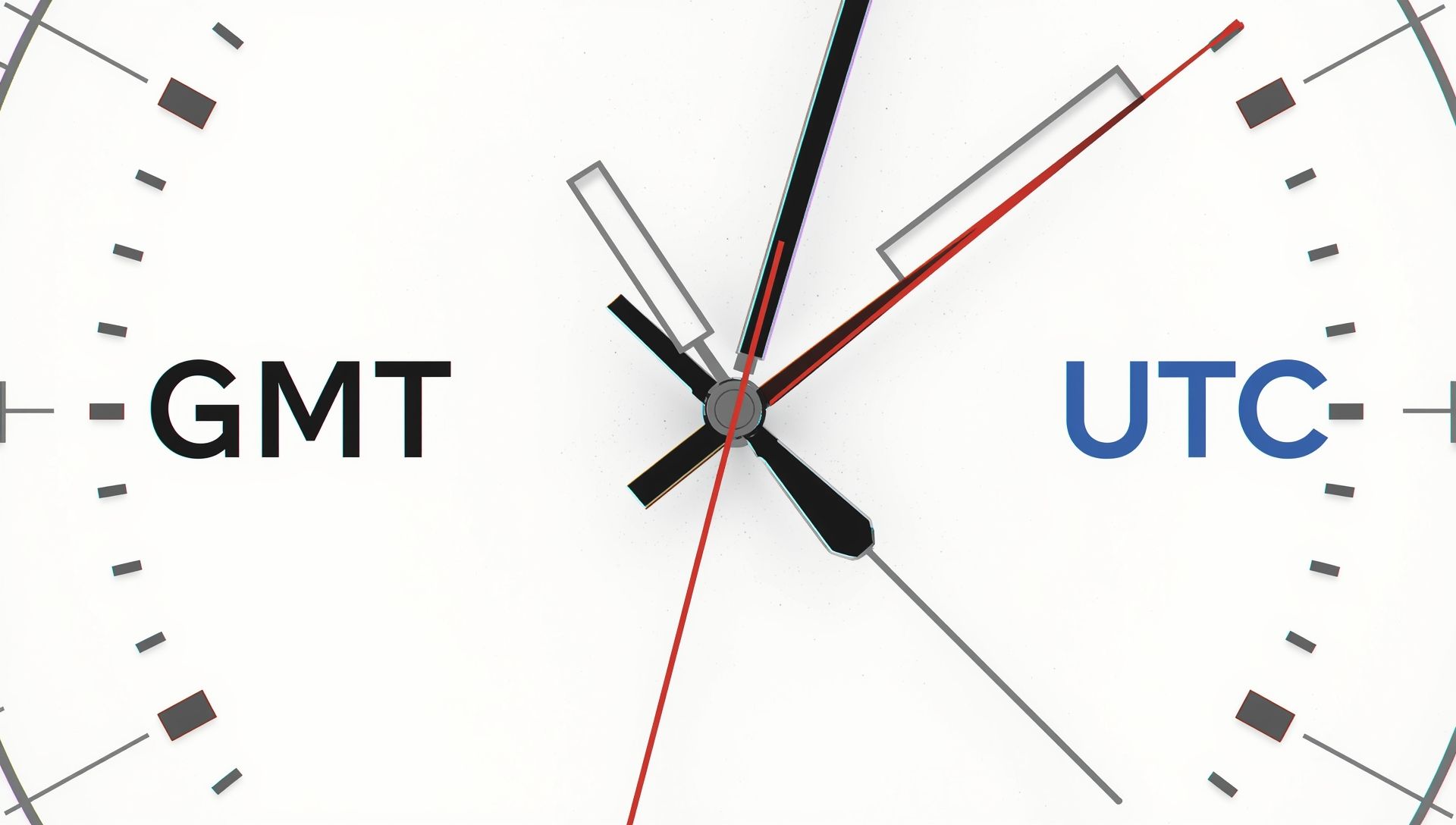The Difference Between GMT and UTC
Time zones can get confusing fast. Two of the most common terms—GMT and UTC—often appear side by side, making people wonder if there’s a real difference. They both set the world’s clocks, but they don’t do it in quite the same way. Let’s break it down clearly and simply.
Where GMT and UTC Come From
Before the internet, airplanes, and satellites, people used the sun to tell time. The idea of a “global standard” came later. Time.now offers excellent tools to understand these concepts, but the roots go deep into history.
GMT, or Greenwich Mean Time, began in 1884 at the Royal Observatory in Greenwich, England. Back then, ships used it to navigate safely across the oceans. The term “mean” refers to the average solar time at Greenwich. It gave sailors and mapmakers a single reference for longitude and timekeeping.
UTC, or Coordinated Universal Time, came much later. In 1960, scientists wanted a system that didn’t rely on Earth’s rotation, which can vary slightly. Instead, they used atomic clocks that count time by measuring vibrations of atoms. This method is far more stable and exact.
How They Work: Solar vs. Atomic
The biggest difference lies in how each is measured. GMT depends on the Earth’s rotation and the sun’s position. UTC is based on atomic measurements. Here’s the twist: the Earth doesn’t rotate perfectly evenly, so UTC occasionally adds a “leap second” to stay aligned with solar time.
In daily use, both might seem identical. Most clocks and digital devices display UTC, but the label “GMT” remains common in casual settings or media. For example, the BBC and airlines often refer to GMT out of habit or tradition.
GMT vs UTC in Real Life
When people schedule international meetings or broadcasts, they often see both terms appear. You might check a global time chart on time.now/timezones and see GMT and UTC listed together. Both indicate the same hour, but one comes from astronomy, and the other from atomic science.
| Aspect | GMT | UTC |
|---|---|---|
| Type | Time zone | Time standard |
| Origin | 1884, Greenwich Observatory | 1960, atomic science |
| Basis | Solar time | Atomic time |
| Accuracy | Lower precision | Highly accurate |
| Leap seconds | None | Added when needed |
When to Use GMT or UTC
Use GMT when referring to time in the United Kingdom during winter months or in contexts where tradition prevails. Use UTC for scientific, aviation, computing, and space applications. For exact conversions, try the GMT to UTC converter or UTC to GMT converter on time.now.
Quick Facts to Keep in Mind
- GMT began in the 19th century and is solar-based.
- UTC was introduced in 1960, measured using atomic clocks.
- Leap seconds keep UTC aligned with Earth’s slow rotation.
- GMT is used by broadcasters and public services.
- UTC governs aviation, computing, and scientific measurements.
Leap Seconds and Precision
Because Earth’s rotation isn’t consistent, scientists occasionally add a leap second to UTC. This prevents drift between solar and atomic time. These changes keep satellites, GPS, and global systems accurate. GMT doesn’t need leap seconds since it’s tied to solar time directly.
Technology and Timekeeping
Devices synchronize automatically to UTC through the Network Time Protocol. Even if your clock says “GMT,” it’s likely running on UTC beneath the surface. This ensures everyone on the planet stays coordinated to the same second.
Why GMT Still Matters
Tradition keeps GMT alive. It’s part of Britain’s identity and still found in media, travel schedules, and casual speech. UTC, though invisible to most, powers the precision that modern life depends on. Without it, the internet, aviation, and even banking systems would lose sync.
How They Work Together
GMT connects us to history and the story of how humans learned to measure time. UTC connects us to science, accuracy, and technology. Together, they define how we measure every second. From old observatories to atomic labs, they represent the evolution of human understanding of time.
If you want to learn more about how time zones shape the world, time.now offers detailed maps, calculators, and conversion tools that make it simple to see how global time connects everyone.
